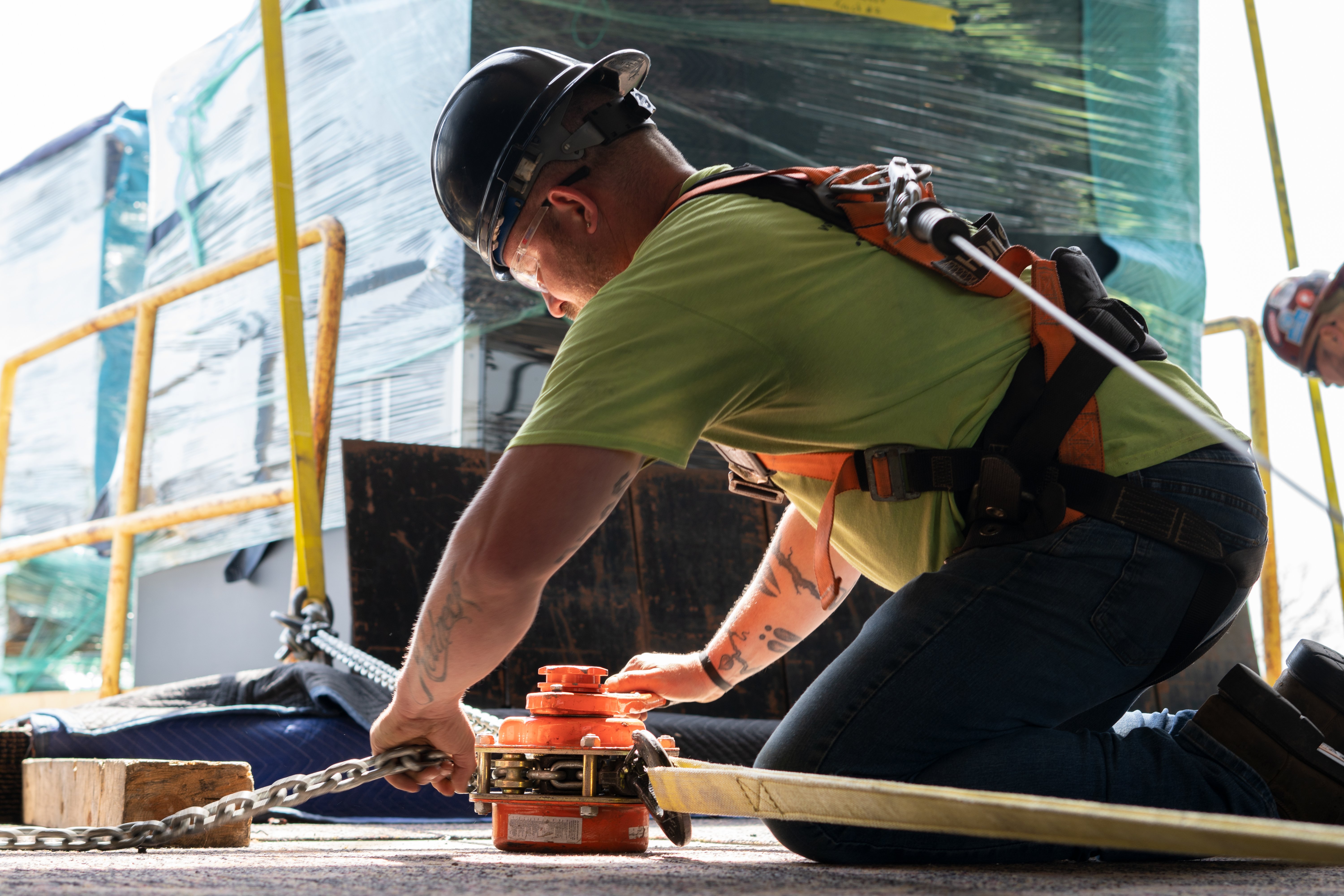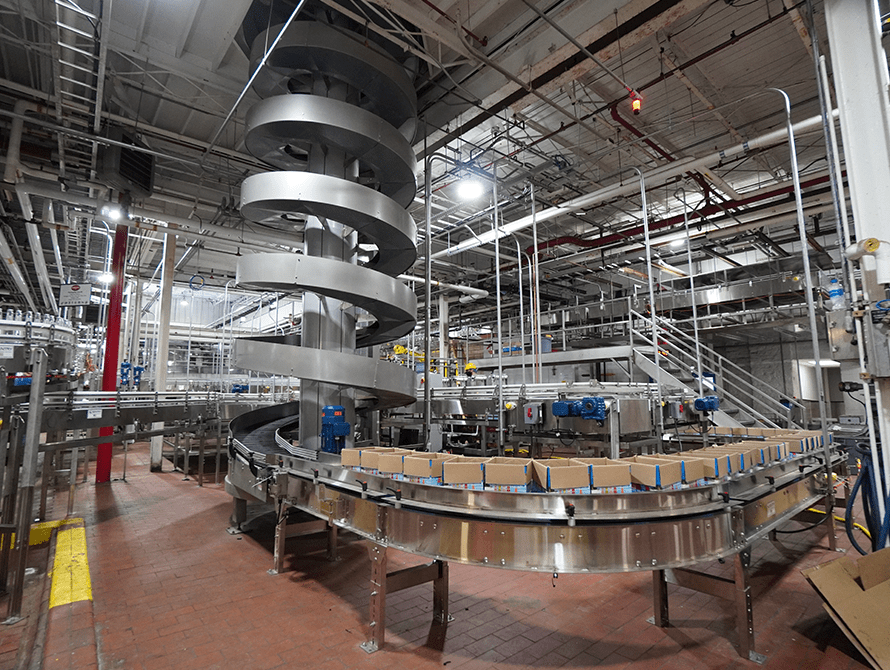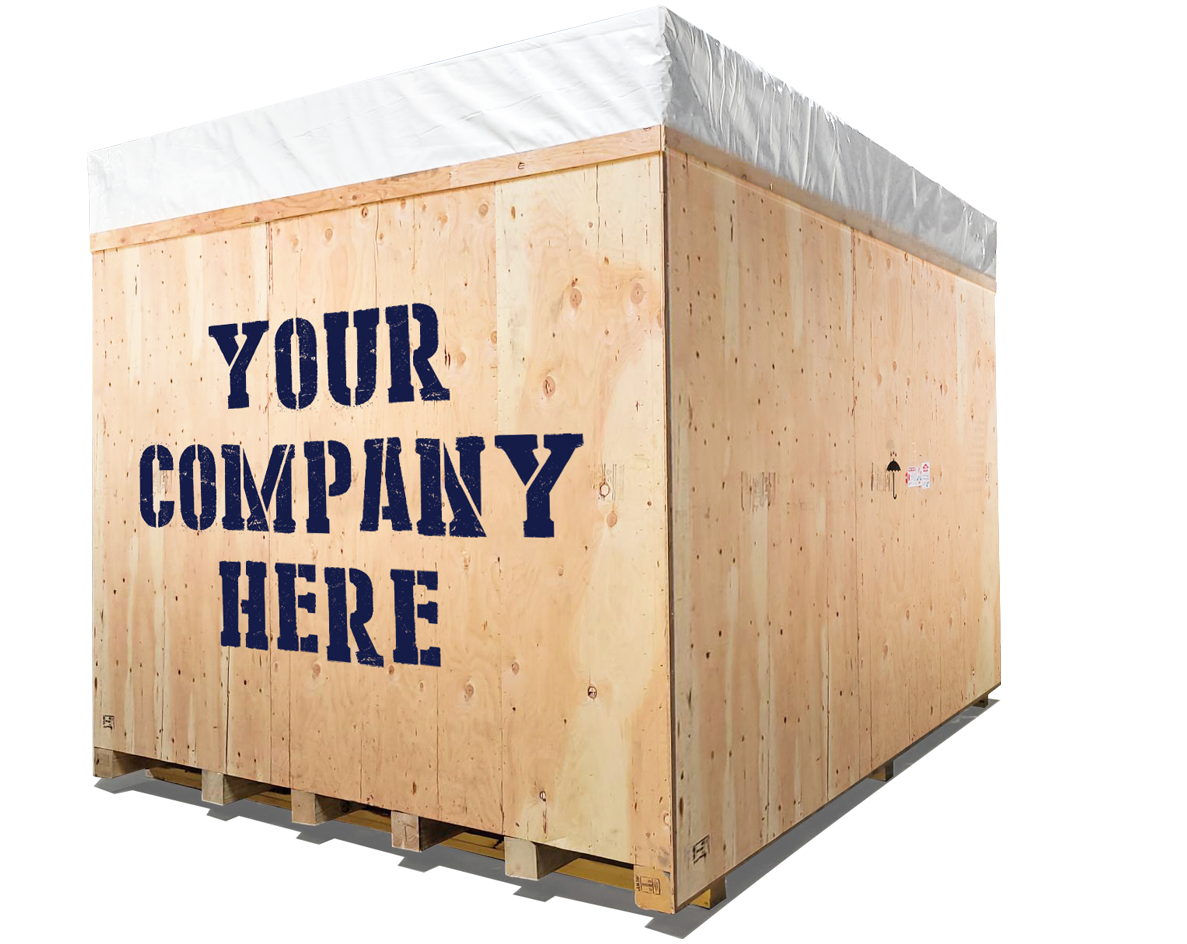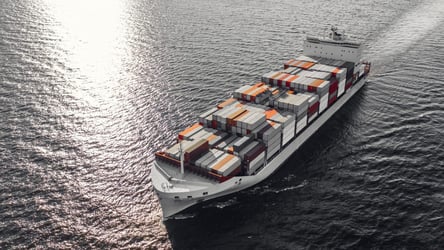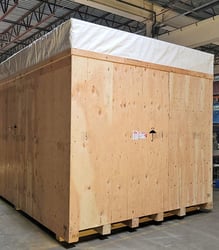Best Shipping and Crating Practices [Free Shipping Guide]
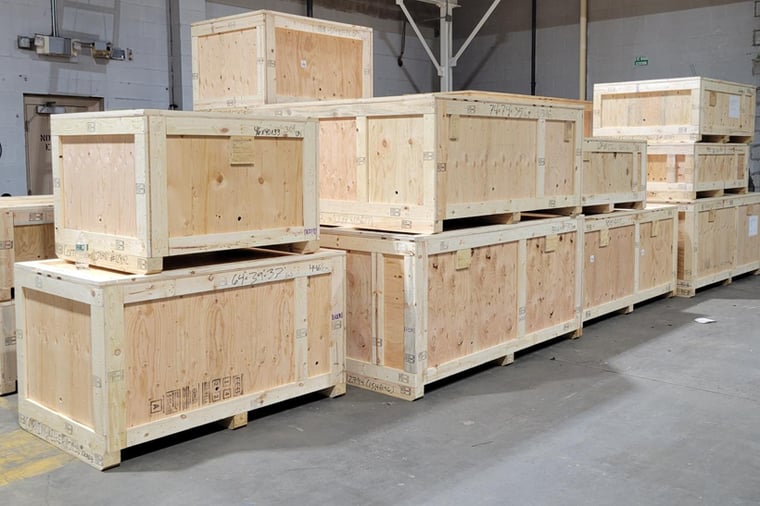
Shipping isn't the same as it was thirty, twenty, or even five years ago. Thanks to updates in technology, it's become more advanced so both companies and individuals expect a more streamlined process to meet increasing expectations. Then the pandemic hit, and consumers once again had to adapt to an evolving situation where the growing labor shortage, price increases, and delays hindered the convenience we had grown accustomed to.
So what does this mean for companies looking to ship their machinery and equipment? The good news is that there are experts in the industry keeping up with this ever-changing landscape so you don't have to. Working with professionals to manage logistics like freight, proper packaging materials, environmental hazards, and customs compliance for international shipments will alleviate many stresses for the shipper.
Developing Your Shipping Strategy
A shipping strategy is crucial for any machinery shipment because it guides the process and ensures that your products arrive at their destination on time and undamaged. Before deciding on a shipping method, it’s important to ask yourself "What are the characteristics of my products?" The nature of your items will dictate many shipping decisions. This includes its size and shape, weight, fragility, hazardous qualities, and whether the item is being shipped domestically or internationally. If your product line includes machinery with sharp edges or tools that have the potential to puncture the container, it is crucial to collaborate with a professional crating company. These experts will utilize a combination of packaging materials and wooden crates to ensure the safety of your goods throughout the transportation process. For delicate machinery with electrical components, it may be necessary to use shock-resistant materials like bubble wrap to protect against vibrations during travel. By taking these measures, they guarantee that your items will reach their destination fully intact and without any damage.
Domestic vs. International Shipments
The complexity of the global supply chain is placing unprecedented stress on domestic and international shipments. With delays, price hikes, and shortages likely to continue into the unforeseeable future, it's hard to predict if your shipment will be subject to these setbacks. Having the right documentation and making sure it's properly filled out is key to preventing further delays.
Types of shipping documents will vary based on whether the package is being shipped domestically or internationally. Both domestic and international shipping documents will include a description of the item(s) inside, the value of the load, its destination, and shipping terms, and handling instructions.
Domestic shipping documentation includes:
- Bill of lading
- Freight bill
- Packing list
- Proof of delivery
International shipments are often more time-consuming, and expensive and require more documents than shipping domestically. These types of documents may include:
- Bill of lading
- Packing list
- Commercial invoice (CI)
- Shipper’s letter of instruction (SLI) for any shipment over $2,500
- Certificate of origin if it’s required
- Dangerous goods form if the equipment inside is considered hazardous
In addition to a more extensive documentation process, packages traveling internationally must follow international and country-specific guidelines. International Standards for Phytosanitary Measures No. 15 (ISPM 15) rules and regulations were created to prevent the spread of insects and diseases that could potentially harm ecosystems through international shipments. Under this quality control program, wood materials over 6 mm in thickness used for export shipment must be heat treated to 56 degrees Celsius to the core for 30 minutes or fumigated with methyl bromide for customs clearance. Treated wood is then marked with the ISPM 15 stamp of compliance.
Identifying Vendors
Your vendors play a key role if your shipment will arrive at its destination undamaged. It's not only important to select reputable service providers but ones with multiple service lines can save you time and money.
The types of services you will need to consider are:
Warehousing
When you need to store equipment before it’s shipped, there are a few things to consider. If you can find a warehouse or logistics company that offers crating, packaging, and warehousing services in one location, you will save on the overall project costs. Using this type of service provider will also help ensure the safety of your equipment.
One way to do this is by finding a facility that’s climate-controlled so that your equipment will be protected from extreme temperatures. Such measures will also help protect your equipment from rust and corrosion caused by exposure to moisture. Another factor to consider is security and whether the warehouse is secured against theft or damage. After all, no amount of care in packaging your product will matter if it’s stolen while in storage.
Crating and Packaging
Crating and packaging specialists are responsible for preparing the equipment for safe transit. They consider the equipment, route, and transportation method to ensure proper materials and processes are utilized. Various types of materials like reusable crating, floating bases, shock & vibration control, direct and indirect rust corrosion inhibitors, sealed vapor barrier applications, and Tip-N-Tell indicators will protect against environmental hazards and unpredictable transport conditions.
Freight
When your business is looking to ship items, you have a variety of options to choose from. Each mode of transportation has its advantages and disadvantages that you must consider before deciding which method is right for you.
Less than a truckload (LTL) freight shipping is a popular and cost-effective option for businesses looking to transport their items without having to pay the price of a full truckload. While full truckload freight (FTL) uses the entire space available on the truck and is typically more expensive. This option is ideal for larger packages or shipments with special requirements or those that need to arrive at their destination sooner.
Intermodal rail freight is more cost-effective than air and truck but tends to have slower transit times. However, with investments made in America’s freight railroads, there are numerous benefits to shipping by rail.
For smaller, time-sensitive items, shipping by air is the most efficient mode of transport. Compared to ocean freight, the cost-effective global shipping solution, air freight is best used when shipping is less than 15-20% of the value of goods.
Insurance (Freight and Cargo)
There are two types of insurance plans to consider when shipping your equipment: freight and cargo insurance. Freight insurance protects the freight forwarder against any claims of negligence if an item is damaged or lost during transit. This type of insurance is calculated by equipment weight and is typically included in the shipping cost.
Cargo insurance is purchased to benefit the shipper and buyer and will cover the full value of goods being transported. This type of insurance isn’t required but is highly recommended. The terms of your purchase contract will decide if the buyer or seller is responsible for purchasing cargo insurance. The nature of the freight (if the goods are hazardous), equipment dimensions, and the route and destination will determine the cargo insurance premium.
Download our free shipping guide for an easy way to keep your paperwork, vendor information, and schedule in one place. If you have any questions, please send us a message. We would love to help with your next big shipment!

Jeff is a seasoned Project Manager with over three decades of expertise in custom crating and packaging solutions. With a deep understanding of the intricacies involved in machinery shipping, Jeff has honed his skills in ensuring the safe delivery of equipment regardless of the route or distance involved. His experience in logistics and meticulous approach to packaging has made him a trusted authority in the industry. From customizing packaging solutions to coordinating seamless shipping processes, Jeff's commitment to quality has helped numerous businesses protect their valuable assets during transit.

